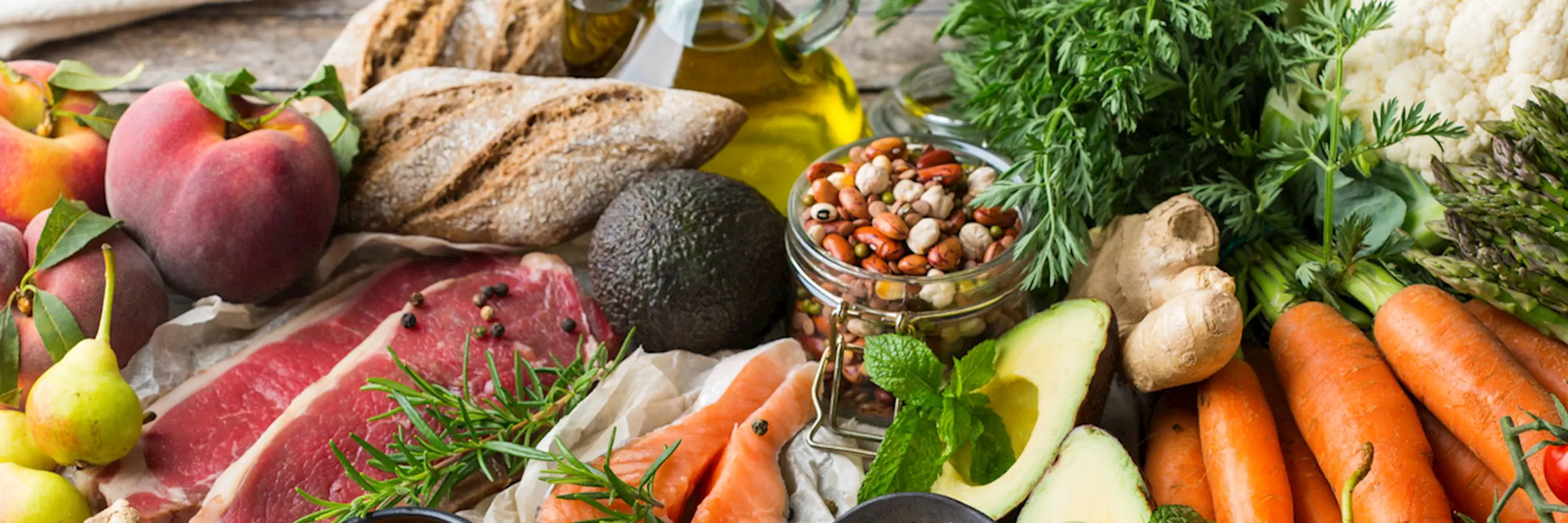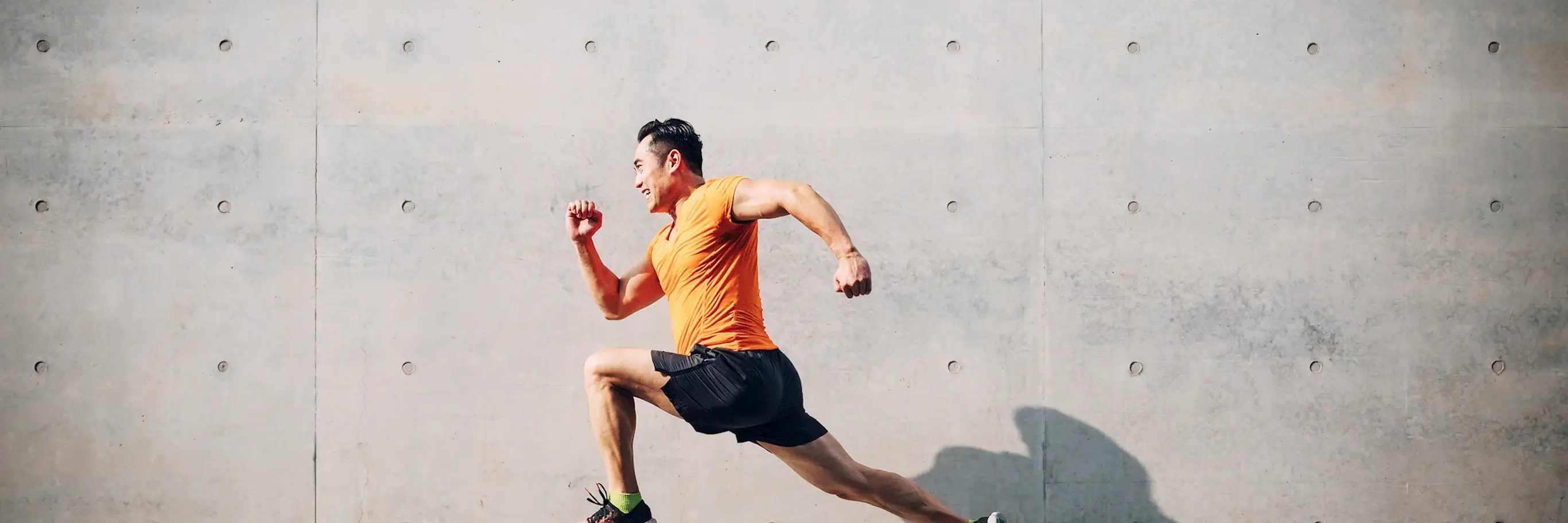
Popular Pinoy snacks, ranked from best to worst in sugar content
Experts say to limit sugar intake to 6-9 teaspoons a day. That’s hard with Pinoy snack favorites that packed with sugar. Here’s a list, ranked by sugar content.
Filipinos have a sweet tooth. We love our sweet breads and rice cakes. Even our savory meals have sugar added to them. Sugar, however, contains calories with no added nutrients. And a sugar-heavy diet can damage your health in the long run.
Harvard Health cites that the American diet is packed full of sugar with the sources being soft drinks, fruit drinks, flavored yogurts, cereals, cookies, cakes, candy, and most processed foods. “But added sugar is also present in items that you may not think of as sweetened, like soups, bread, cured meats, and ketchup.”
It’s not much different in the Philippines as Pinoys consume the same things every day. Plus more!
Uncontrolled intake can lead to obesity, diabetes, and various heart ailments. Health professionals, in fact, recommend limiting sugar intake to 9 teaspoons per day (37.5 grams) for men and 6 teaspoons (25 grams) for women.
This calls for changes in what we snack on. Here’s a quick list of favorite Pinoy snacks, ranked by sugar content.
1. Sago’t gulaman
This local favorite made of water, brown sugar, gelatin, and tapioca pearls is deceptively full of the sweet stuff. Sugar content: 32 grams for every 250ml serving/8 teaspoons for every cup.
2. Champorado
It may not come as surprise that this sweet chocolate rice porridge is packed with sugar. It may be a popular comfort food, but its sugar content should make you uncomfortable. To lessen the sugar, try using unsweetened tableas instead of champorado mixes. Sugar content: 25 grams per serving.
3. Biko
Everyone’s favorite kakanin, biko doesn’t look “sinful.” But the process of cooking this rice cake will require a cup of brown sugar to serve eight people. Sugar content: 20 grams for every 2x1-inch serving.
4. Halo-halo
Eating halo-halo on a hot summer afternoon may feel like heaven, but with leche flan, ube halaya, ice cream, and other sweetened ingredients, this summer staple is an overindulgence in sugar. One bowl of halo-halo from a fast-food chain is already near the allowable limit per day and it’s just dessert! Sugar content: 19 grams.
5. Filipino-style spaghetti sauce
A party is never complete without sweet spaghetti and sliced hotdogs. Not surprisingly, the sweet sauce contains lots of sugar. Sugar content: One popular brand has 17 grams or 4 teaspoons of sugar per serving.
6. Egg pie
When you think of Filipino pie, buko pie comes to mind, but, really, egg pie is a lot more common. Almost all neighborhood bakeries sell this giant egg custard tart-like pie. Eat this sparingly though as one slice may contain a whopping amount of sugar. Sugar content: 14 grams.
7. Peanut butter
We like our peanut butter creamy, oily, and sweet. So it’s not a surprise that local peanut butter brands are sugar-heavy. In itself, it already has moderately high sugar content, but then, you still have to add the sugar content of the food you’re putting it on. Sugar content: A popular local brand has 8 grams for every two-tablespoon serving.
8. Taho
There must be a taho hawker assigned to every street in the Philippines. We all hear them peddling silken tofu every morning. Taho may be packed with protein but it’s also served with a generous amount of syrup. It’s not much compared to the other snacks, but do watch your intake. Sugar content: A cup may contain up to 9 grams.
9. Banana ketchup
The banana ketchup is distinctly Pinoy. In fact, we created it back in the war era when our forefathers could not find tomato. To suit our taste, most banana ketchups are much sweeter than their tomato-based counterparts. It may not contain that much sugar but it’s an add-on to the food you’re slabbing it on. Sugar content: 3 grams per 2 tablespoons.
10. Banana cue
Rich in potassium, bananas are, in themselves, nutritious but when deep-fried and coated in burnt sugar, this merienda staple is an instant sugar upper. Sugar content: 3 sabas in one stick have 6 grams or 1 ½ teaspoon of sugar.
11. Puto
The humble rice muffin that we strangely pair with dinuguan (pork blood stew) is unexpectedly packed with sugar. So just hold off adding anymore sugar when you eat it. Sugar content: 2 medium-sized puto has 5 grams or 1 ½ teaspoon of sugar.
Instead of having these sweet snacks, go search in your kitchen for veggies like carrots, cherry tomatoes or celery sticks. They’re not only healthy, they contain fewer calories too. If you have to indulge, make sure you exercise regularly to at least burn the sugar from your body.
Diabetes and various heart ailments that result from an unhealthy diet can put a strain on the family’s finances. Before that happens, protect yourself with health insurance, such as FWD Set for Health Critical Illness Insurance. With its flexible payment options of 5, 10 and 20 years, there’s no excuse for you to not to plan for the future so you worry less and can continue to celebrate life and all that it offers.
Another option that works for your health protection is FWD Vibrant Critical Illness Insurance, which gives you protection from wellness to recovery. You get 100% of the benefit amount when you're diagnosed with a major critical illness, with 3x maximum claims for cancer, and 3x maximum claims for non-cancer.
Just as we consult nutrition experts on what to eat, so should we consult financial experts on our health and financial protection. Click here to start!




